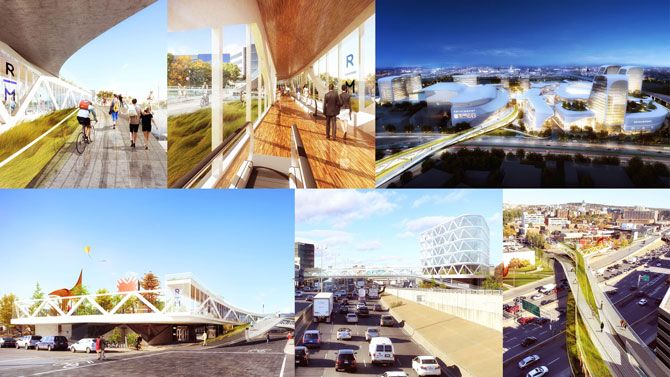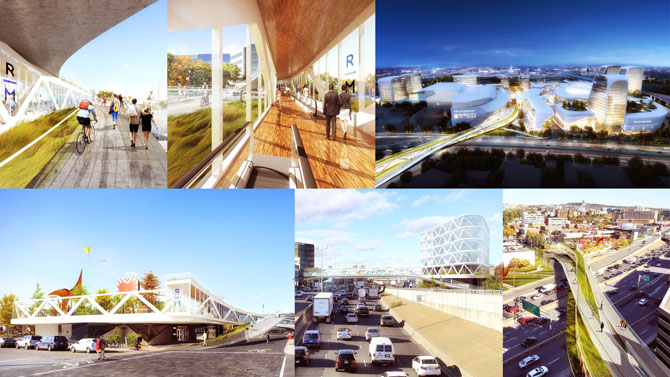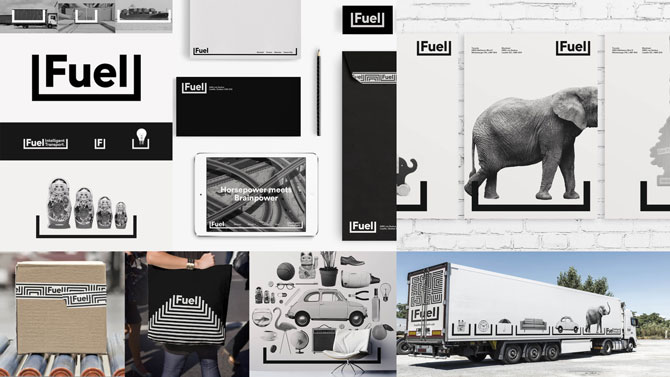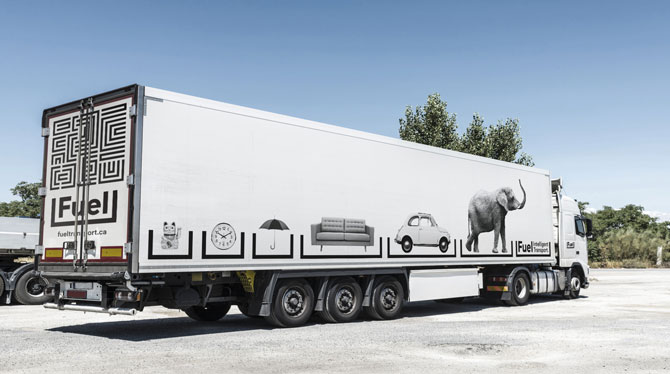Create What Matters
September 11, 2017

Forget demography and embrace ethnography
If you work in strategy in advertising today, chances are, like mine, your family has a hard time explaining what you do for a living. That got me thinking, why is it so hard? Part of it is that the landscape of advertising has gotten so broad—sometimes we’re designing a building or a retail environment or a good old-fashioned print ad—but I’ve come to understand recently that perhaps it has to do with our inherent discomfort in an industry that celebrates creativity but struggles with integrity as it relates to selling more people more stuff that they may or may not need.
Integrity becomes elusive when we lose sight of the things that matter to people—in culture, in time—and instead get stuck in the mediocrity and safety of the status quo in marketing. I believe the time is now to celebrate creativity with integrity. All we have to do as an industry is re-focus on creating what matters. And I believe strategies rooted in empathy can provoke it, and help to get us all un-stuck.
Here are three strategic shifts to create what matters:
1. Shift from designing for “consumers” to understanding human beings
Let’s face it: demographics are all but meaningless. We are all human beings with modern needs, wants and aspirations that go way beyond our age and postal code. No human being thinks of oneself as a “shopper” or “consumer” first. They are mothers, fathers, foodies, athletes, fans, lovers, advocates, haters, and the list goes on and on. Every time we apply ethnographic method to our behavioural research, our empathy grows.
When Sid Lee helped to develop a site for a new mall in Montreal with Carbon Leo, for instance, we learned that perhaps Montrealers don’t need another traditional “mall,” but they could certainly use a “midtown” that fed the heart and soul of Montrealers. So the first thing we designed turned out to be infrastructure to create a “midtown” flow. We called it “the spine” and the spine is place-making because it was born of empathy for citizens.


Carbon Leo by Sid Lee
2. Shift from developing assets for media to creating for natural times and physical places
When we develop assets for media, we miss out on some of the most salient leverage points to connect with human beings and, in doing so, lose sight of what matters to them. We sell toilet paper—a true commodity. A natural media approach might be to over-invest in and around stores as well as couponing. However, when we pull back and look at data, we realize that 75 per cent of Canadian families are now modern (non-nuclear) families—then we realize that the world isn’t actually made for modern families and that TP, yes TP, may have a more meaningful way to connect in time and place.
We may notice, for instance, that men’s bathrooms are almost never equipped for diaper changes or for single dads to confidently accompany their young daughters, thereby creating pain points that, if resolved, somehow can create deeper bonds between a brand and parent. It’s been proven that when brands purposefully remove pain points in time and place, they hold a stronger bond with people (who will in turn buy more frequently and talk about that brand to others).
Sometimes, a brand’s own assets have the power to communicate at the most natural times, without even uttering a word, as was the case with our client FUEL Transport. Sometimes, time in and of itself is the most precious asset because it is rooted in a special or particular place—consider 72 hours in Las Vegas versus 72 hours anywhere else. If time is more important than money, as a brand like Cirque de Soleil or MGM, what would you do to facilitate people’s time in memorable ways?



FUEL Transport by Sid Lee
3. Shift from investing in conveying product attributes to over-investing in emotional expression
I’ll say it: when we create ads simply to communicate a product attribute that’s mildly better than another one, I feel we are trading in mediocrity. And I’m pretty certain we’ll have to throw money at those ads to get the “eyeballs”—but that money will never buy nor elicit a lasting memory or feeling. Doubling down on expressions that reflect culture—with music, with energy, with cadence, with tone, with design—and conveying that without compromise develops lasting impressions that matter.
When we create what matters with empathy for human beings, time, place and culture, we create shared value that is disproportionate to the market. And maybe, if we do so consistently, we will celebrate more creative with integrity—and our families will struggle a little less with what we do and smile with pride about why we do it.

The North Face - "Question Madness" by Sid Lee
Toronto Raptors - "We The North" by Sid Lee
Elana Gorbatyuk is SVP strategy and partner at Sid Lee in Montreal.
This article originally appeared in the September/October 2017 issue of Applied Arts magazine.







